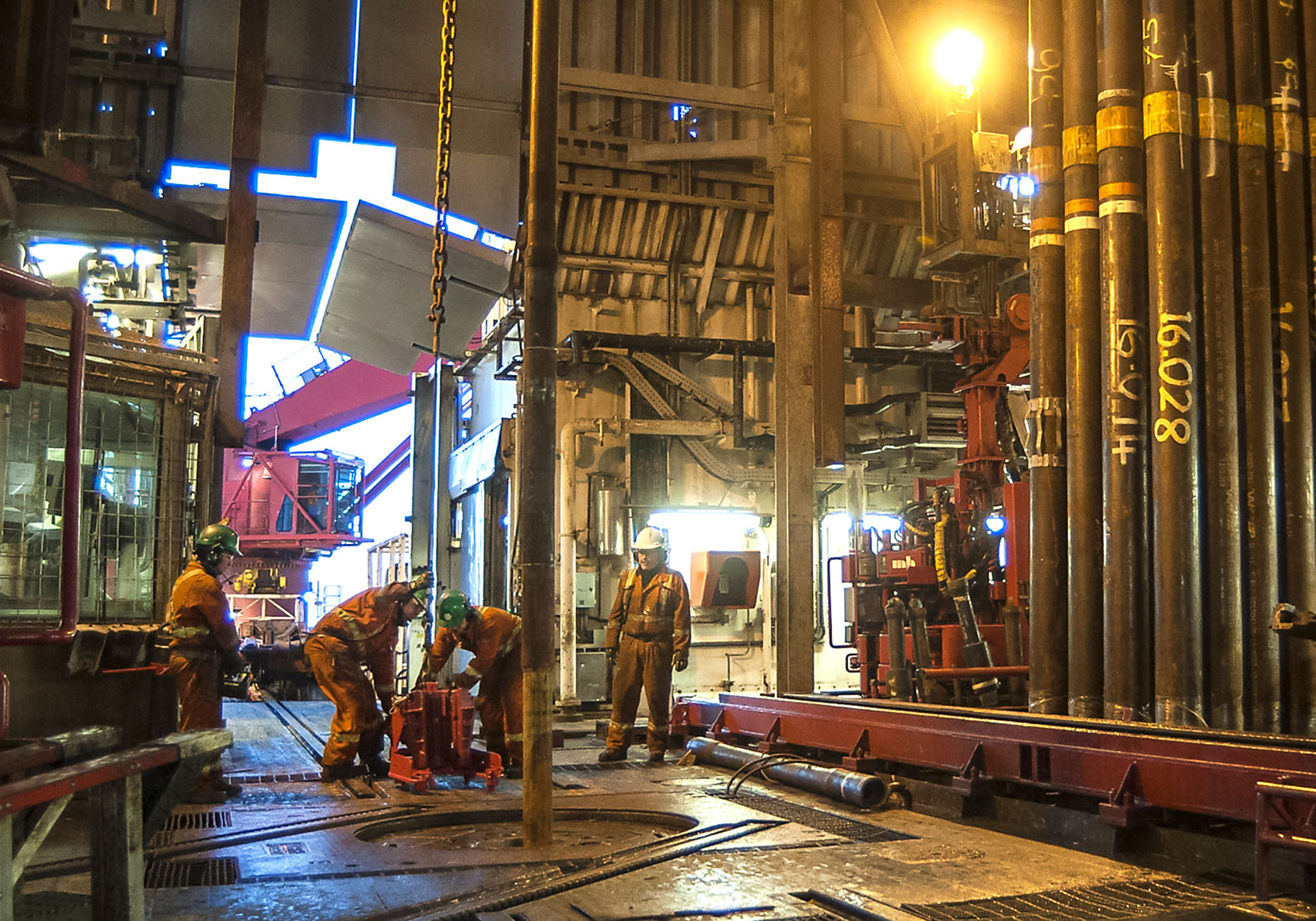I felt déjà vu looking at BP's proposals to drill offshore Nova Scotia

During this past March, I was contacted by author Antonia Juhasz, who I met during investigations of the causation of the failures of the BP Macondo Well in the Gulf of Mexico (2010). Based on background research Antonia had performed, she was concerned about BP’s proposals to drill exploratory wells offshore Nova Scotia. Antonia requested I review documentation provided by BP Canada Energy Group to Nova Scotia’s offshore petroleum regulator.
I focused my review on the risks (validated quantitative analyses of the likelihoods and consequences) associated with an uncontrolled blowout that could occur during the proposed drilling operations. As I performed my review, I was overcome by feelings of déjà vu because BP’s proposals to drill offshore Nova Scotia were eerily like those I had reviewed during 2016 at the request of the Australian Parliament.
In this case, BP had proposed to the Australian National Offshore Petroleum Safety and Environmental Management Authority (NOPSEMA) to drill exploratory wells in the Great Australian Bight (GAB).
Australia's example: BP withdraws
My review of BP’s proposal documentation indicated their conclusions that the risks associated with uncontrolled blowouts in the Australian GAB drilling were “As Low As Reasonably Practicable (ALARP)” were not correct, nor properly documented and validated. Both the likelihoods and consequences of uncontrolled blowouts could be further reduced and the validity of these risk assessment and management processes properly quantified and documented.
I submitted the results from my investigation in a report to the Australian Parliament. Similar reports were provided by other people I previously had worked with in other offshore areas. Like myself, several of these people had been involved in the post-Macondo well uncontrolled blowout investigations and court trials. I had met others during the early work I did starting in the late 1970s, 1980s and 1990s for Canadian oil and gas drilling operations offshore the East Coast (Hibernia, Sable Island) and in the Canadian Arctic.
Ultimately, the Australian Parliament hearings resulted in NOSEMA requiring BP to implement further measures to develop ALARP risks, and provide the required analyses, validation and documentation of the analyses. Very important were the ALARP risk management requirements for a near drilling location blowout preventer capping stack, and relief well drilling unit.
Subsequently, BP withdrew its proposals to drill in the Australian GAB.
'Significantly underestimated' risks
My review of BP’s exploratory drilling proposals documentation submitted to the Canadian Environmental Assessment Agency (CEAA) have reached similar conclusions. Contrary to the CEAA’s Environmental Impact Statement Preparation Guidelines, the “risks of accidents and malfunctions” have not been properly assessed, documented and validated by BP. BP’s assessment of the likelihood of an uncontrolled blowout are much too low, based on the Nova Scotia exploratory drilling conditions. BP’s assessment of the consequences of an uncontrolled blowout are based on unsubstantiated assessments of the times required for successful mobilization of blowout preventer capping stack, and if required, drilling a relief well. Both the short and long-term ‘consequences’ of the oil and gas released to the environment have been significantly underestimated.
CEAA’s assessment that “BP Canada’s proposed drilling project is not likely to cause significant adverse environmental effects” is not valid given the International Standards Organization’s guidelines (ISO 3100) to determine ALARP risks nor those implemented by other countries based on those guidelines – e.g. the U.K.’s Health and Safety Executive’s and the Australian NOPSEMA’s “Safety Case Regime” requirements.
Given the potential severe consequences of a sustained uncontrolled blowout during BP’s exploratory drilling operations offshore Nova Scotia and the relatively high likelihoods of such a blowout, the Canadian governments with responsibilities for offshore oil and gas developments should do all that is possible to assure that such a miserable failure will not be realized.
The recent history of such ‘high risk’ exploratory drilling operations have adequately demonstrated that “an ounce of prevention is worth a ton of cure.”




Comments